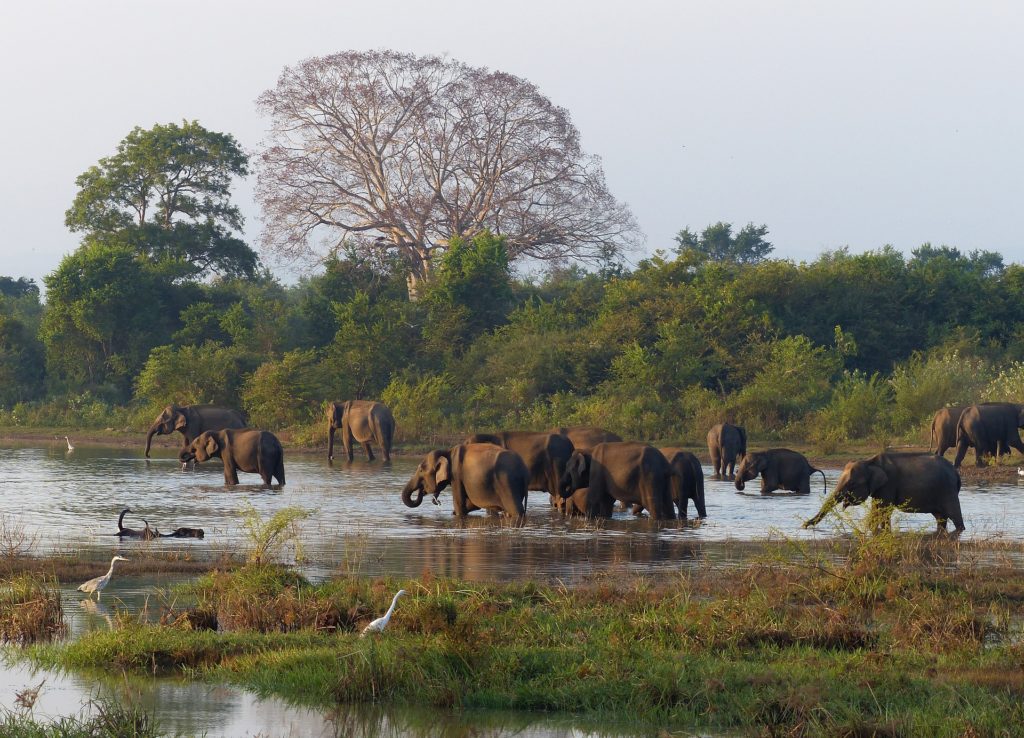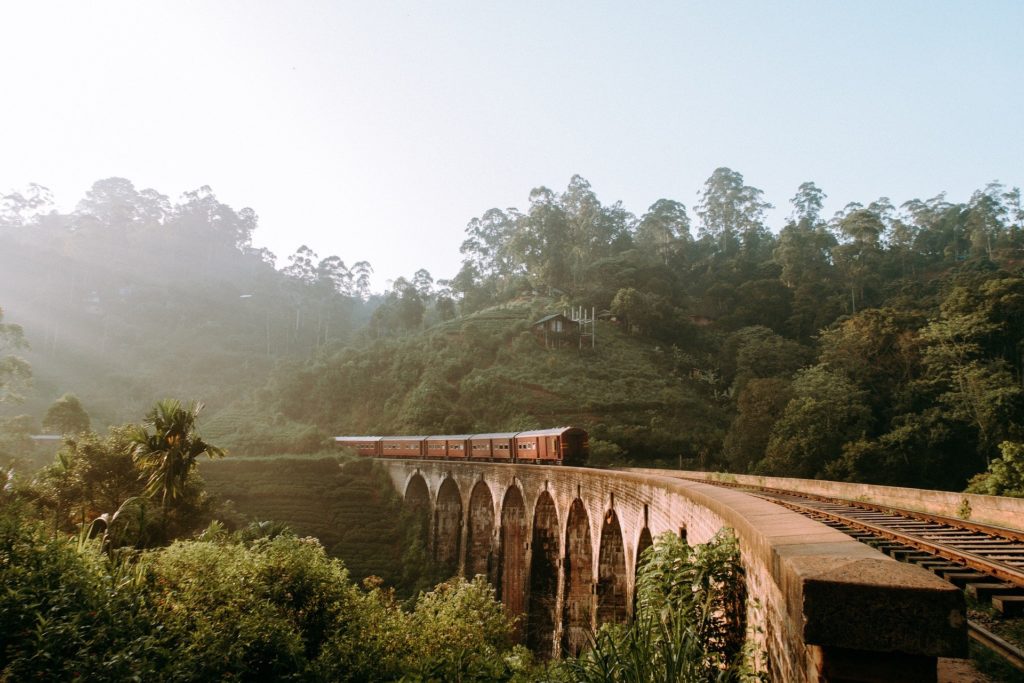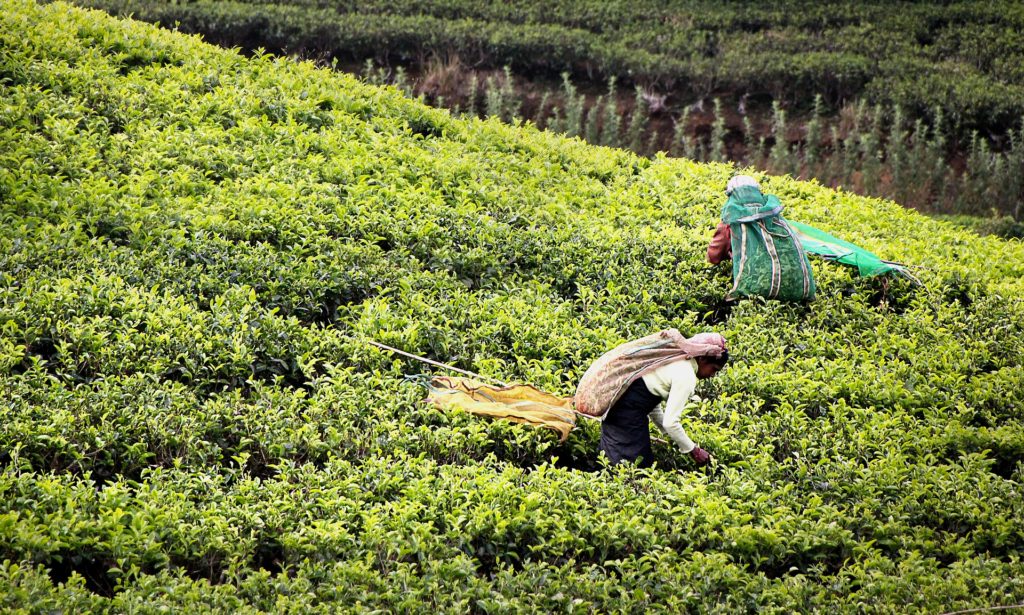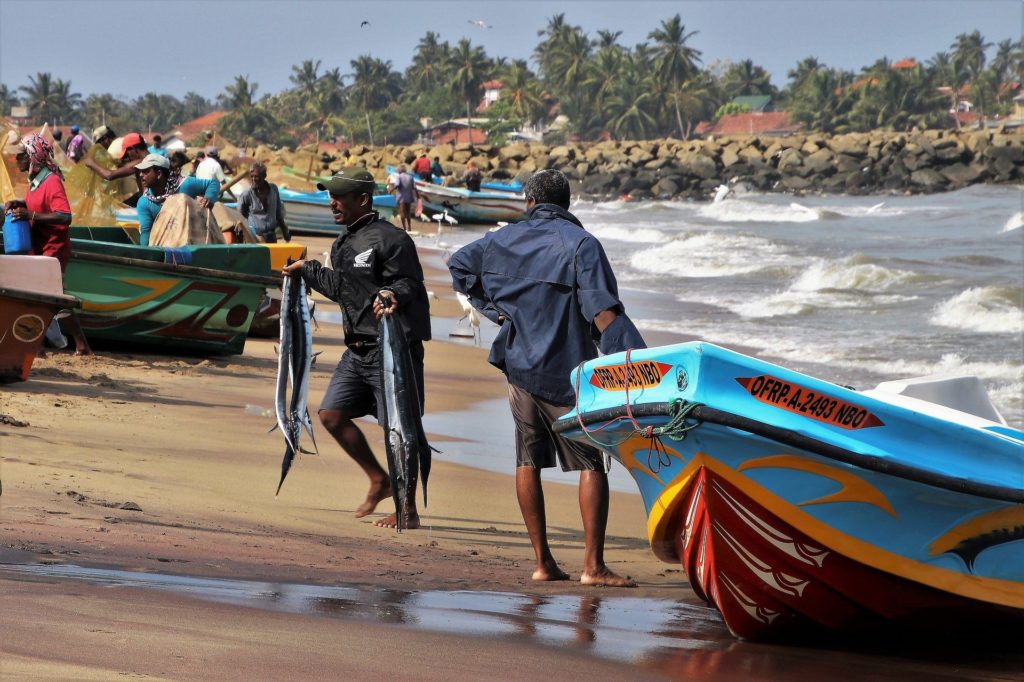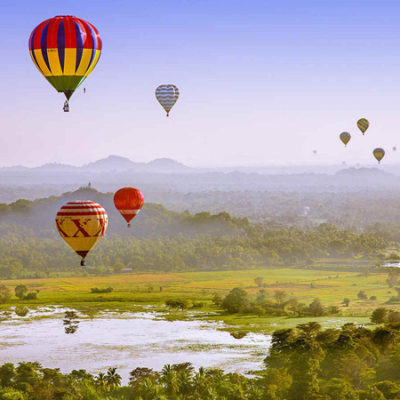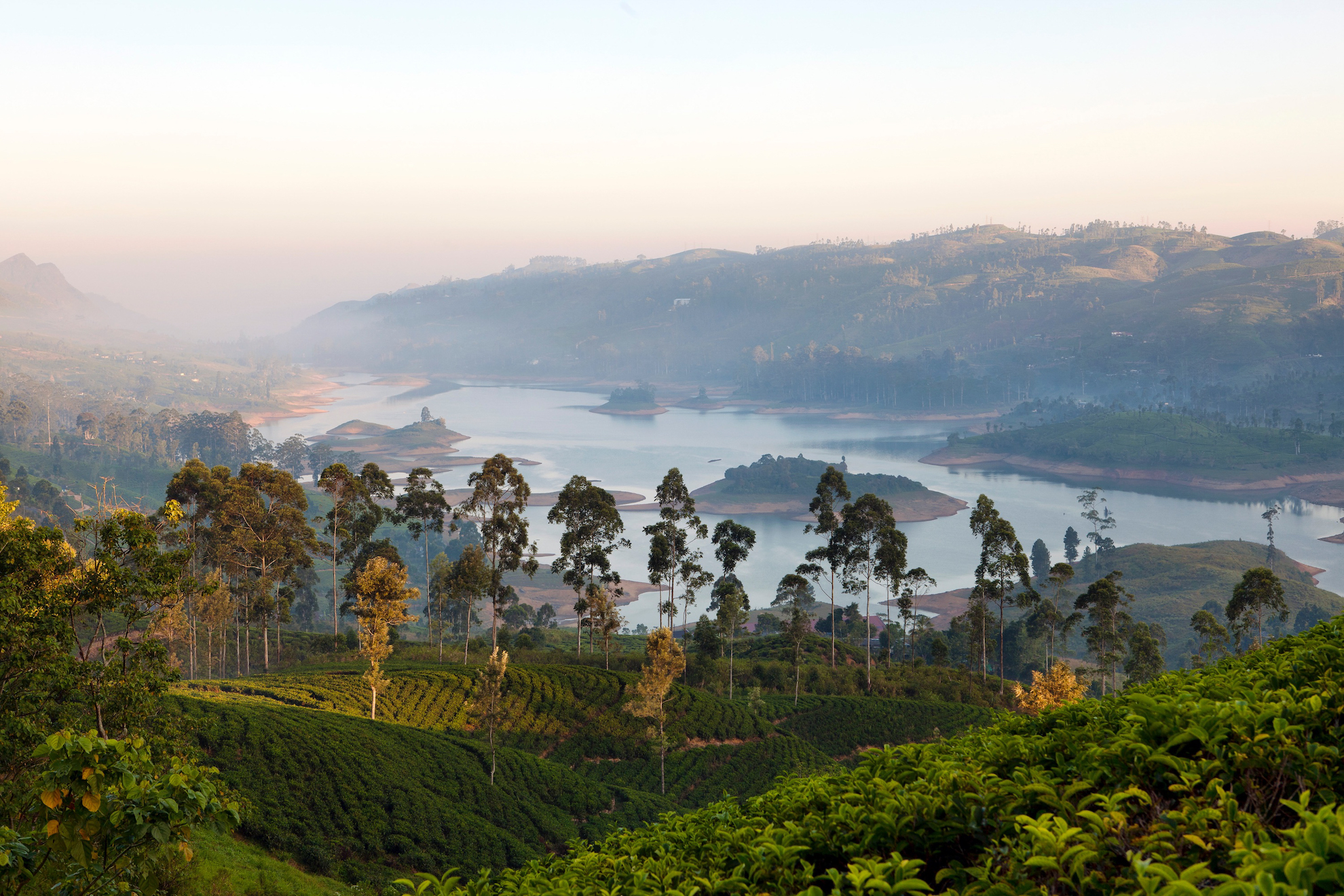
10 Incredible National Parks In Sri Lanka
The island of Sri Lanka is famous for its rich culture, incredible food, and astounding biodiversity. While the country’s major cities offer so much in relation to their countless historical sites and diverse cultures, escaping the hustle and bustle brings an entirely new set of wonders and opportunities. With twenty six national parks the country is home to hundreds of endemic and migratory species of animal as well as thousands of species of flora. How can such a relatively small island be teeming with so much different life?
It is all due to this island, sitting just above the equator, being home to many different kinds of ecosystem; from tropical low wetlands, mangroves and rainforests to savannahs and dry jungles. It would not be an overstatement to say Sri Lanka is a nature lover’s paradise. Listed below are just ten of the country’s incredible national parks, each with different inhabitants and different backstories, but all on a mission to protect Sri Lanka’s priceless biodiversity.
Gal Oya
Gal Oya National Park is a beautiful preservation of Sri Lanka’s inland beauty. Established in 1954, the park is most renowned for the Senanayake Samudraya, Sri Lanka’s largest reservoir. Dotted with green and rocky islands, visitors can see elephants swimming between them to feed on the lush plant life.
Notable too is the park’s ‘bird island’, where countless flocks of birds nest each year between March and July. Over 32 mammals trek over the savannahs, including muntjac, water buffalo and the Sri Lankan leopard. But perhaps most special of all, if you stay at the beautiful Gal Oya Lodge, nestled within the park, you can take walks through the forest with the chief of the Vedda tribe, the community indigenous to the surrounding land.
Learn about the tribe’s ancestral history and explore the ways they live off the land and use different plants growing in the forest for medicinal purposes. In the wilderness around you, Gal Oya Lodge provides you with the true national park experience, as you escape all technology, and swap watching TV for watching the stars each and every night.
Visit the forest monastery Buddhangala, spend hours listening to the chorus of birdsong of the more than 150 avian species, and explore the vast waters of the Senanayake Samudraya as Gla Oya boasts a little bit of everything you’re looking for in a National Park.
Horton Plains
At an elevation of around 2,300km, Horton Plains has been a national park in Sri Lanka’s central highlands for over thirty years. Perhaps the most magical, Horton Plains is home to Sri Lanka’s largest cloud forest, where the mists and cloud-cover descends down to kiss the canopy, and engulfs the greenery below.
Throughout the forest, hundreds of waterfalls cascade over rock faces, none more impressive than Baker’s Falls, named after the hunter and explorer Sir Samuel Baker. These falls, spanning twenty metres, and ending in an inviting-looking basin, are an incredible attraction. However, the falls are undeniably second to World’s End, Horton Plains’ incredible precipice that plunges 880m below the plateau, and offers visitors incredible views of the surrounding mountains as the peaks stretch out for miles.
As staggering as the view is, be sure to get there in the early morning as come 10am the entire expanse of the escarpment is blanketed in clouds. But before the incoming cloud cover, you’ll be able to see tea plantation villages in the valley below, and have a straight view out towards the south coast. So wander the forests, spot some of Sri Lanka’s many endemic orchids and make your way to the unforgettable viewpoint.

Horagulla
Horagulla, in Attanagalla, is one of the youngest and smallest national parks in the country. Located close to Horagulla Walauwa, home to the prestigious and politically famous Bandaranaike Family, this is the country’s only urban national park.
Made up of low country evergreen forest, this park is home to many wild and wonderful creatures, as well as incredible plant life; this includes the intriguing breadfruit tree and the magnificent golden shower tree, which looks like your own little natural firework display in the forest. As well as its incredible verdure, the park acts as a transitory home for injured or orphaned animals, from fishing cats to hog deer.
While not their permanent home, the team at Horagulla National Park work hard to rehabilitate the animals as quickly as possible, so they can fully return to the wild.
Kumana
Neighbouring Yala National Park, Kumana National Park sits on Sri Lanka’s southeastern coast. With so many national parks perhaps it could be difficult for them all to stand out, and as Yala’s younger and smaller sibling, Kumana can sometimes get overlooked. But nestled here in the dry forests, remnants of ancient civilisations dating back to the 3rd century BC have been found.
Rock inscriptions written in Brahmi script detail the building of the Kudumbigala Monastery and Aranya Senansanaya, or cave temple, established by Buddhist monks where Kumana National Park stands today. While the remnants of this ancient history suffered in the conflict of the civil war, much of it is still left for you to see and explore. Kumana also contains the traditional route of the annual Hindu and Buddhist pilgrimage to the Kataragama Temple in the eponymous town, south of the national park.
All this rich history is waiting for you, as it sits amidst the towering trees and fervent birdsong of some of the world’s rarest and most beautiful birds who flock to the park’s mangroves and wetlands from April to July. A particularly wonderful sight is the greater racket-tailed drongo, dangling its delicate tail feathers over branches as they send out their alarm calls, which has given them the appropriate name of ‘policeman of the forest’.
So spend the day marvelling at the birdsong echoing down from the canopy, and even spend a night nestled in one of the secluded forest campsites, before waking up to the dawn chorus.
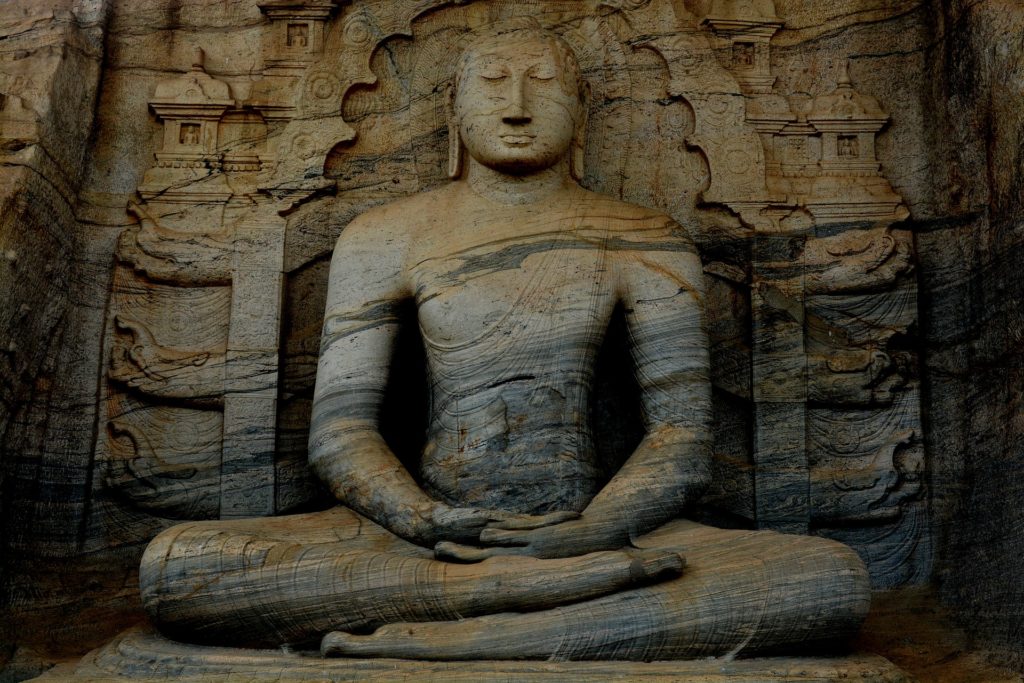
Ussangoda
Titled a national park in 2010 in the effort to conserve the area’s biodiversity, Ussangoda National Park is known as the ‘land of red soil’. Unlike any other national parks, Ussangoda’s brick-like reddish soil has meant the area is teeming with folklore and local tales of how the peculiar land came to be so distinctive. One belief is that the park is the ground of the demi-god Mangara, while the Hindu belief is that it is the site of Ravana’s Vimāna, or flying palace.
Either way, Ussangoda is yet another example of the extraordinary variation in Sri Lanka’s climate and ecosystem, and is quite the site to behold! Today, the coastal national park is famous for its extensive turtle breeding zone. With its stunning cliffs, curious red soil and beautiful beaches, it is one of Sri Lanka’s more unique and wacky national parks.
Pigeon Island
Having got its name from being a nesting area for rock pigeons, this island 1km from Sri Lanka’s northeastern coast is host to many natural wonders. Along with white sandy beaches and sparkling rock pools, you can venture out into the water to snorkel and scuba dive among the hundreds of reef fish that visit the island’s colourful and diverse coral reef.
The reef is shallow, making snorkelling just as rewarding as diving, as parrotfish and emperor angelfish navigate the swaying seagrass. Or if you fancy it, dive down to the sandy seafloor and marvel at the reef sharks and loggerhead turtles as they swim amongst the many exotic fish. Pigeon Island National Park is one of Sri Lanka’s two marine-inclusive national parks, and the beauty of the coral reef and its astounding biodiversity should not be overlooked, nor the effort to conserve it.
So take the boat ride out from Nilaveli, walk the stunning sands of this island and view the picturesque landscape with all its inhabitants, sure to leave you astonished and in awe.
Bundalla
First designated as a wildlife sanctuary in 1969, and later given the distinction of a national park in 1993, Bundalla National Park sits in the country’s Southern Province on the coast.
The park is a dry zone climate with an average humidity of 80% and it contains many lagoons and vast wetlands, perfect for the migratory birds who spend their winter here. So internationally important are the wetlands that in 2005 UNESCO designated them as a biosphere reserve.
The seashore too is vital, as it provides all five species of endangered sea turtle with breeding grounds. With a tour guide, you can explore the many different habitats that exist in conjunction with one another. Watch as more than a thousand pink flamingos feast on algae and plié in the water. Or, venture into the park’s forest and track elephants and maybe even spy the various species of monkey dangling in the trees.
Whenever your trip, Bundalla will deliver a host of natural wonders.
Kandulla
At Kandulla National Park, an abundance of water and plant life makes a safari unforgettable at any time of year. Through the forest and over the grassland, elephant gatherings of over 250 individuals are regularly spotted.
Historically, it was the site of the 16 irrigation tanks built by King Mahasen (277-304 AD), which fell into disrepair and were derelict but, after reconstruction in 1959, they now support and attract a great variety of flora and fauna. Kandulla is often praised for its less crowded feel, allowing for a more personal experience as you safari along the tracks.
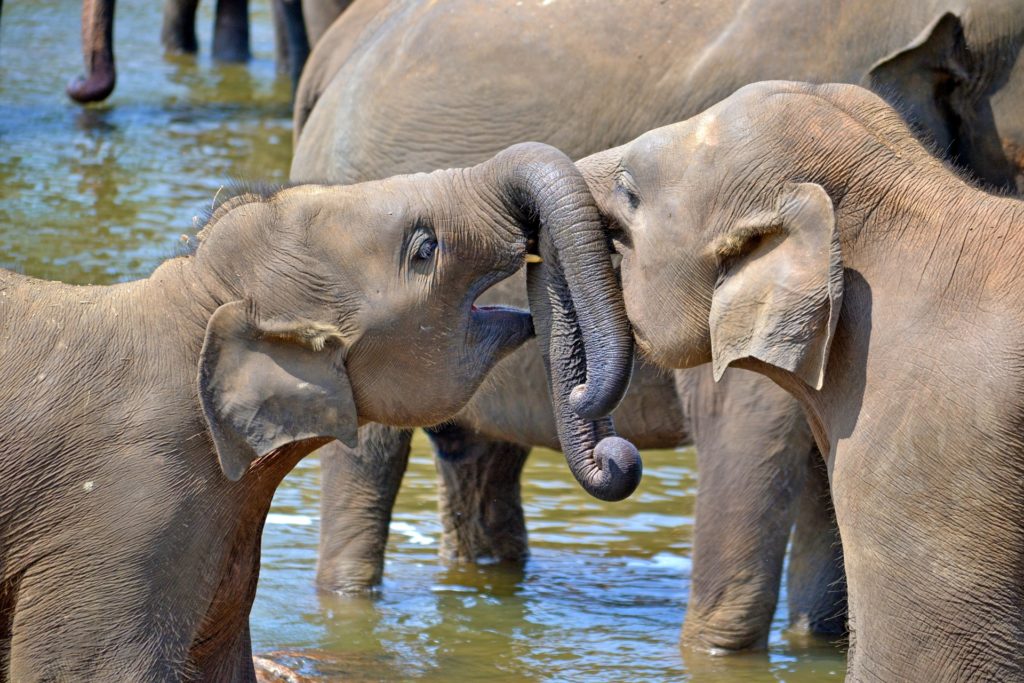
Yala National Park
Yala, Sri Lanka’s most popular and second biggest national park is a renowned haven for wildlife. Made up mostly of flat plains, with some monsoon forest and grassland, Yala National Park meets the coast and also provides beaches and wetlands for hundreds of species. Perhaps most impressive is the fact that the park boasts the largest leopard concentration in the world, and also has an elephant herd currently around 250 strong.
As you travel the landscape, you’ll be able to observe the horns of water buffalo poking out the water as they wallow in the wetlands. It is not a coincidence that Yala National Park is most popular among visitors and nature lovers, the staggering array of wildlife cannot be overestimated.
Annually illustrating the dramatic changes that occur over Sri Lanka’s monsoons and dry seasons, Yala’s natural ecosystems are a wonderful display of nature’s harmonious rhythms. So tour the park and see these incredible yearly evolutions for yourself.
Wilpattu
On the northwestern coast of Sri Lanka is the Wilpattu National Park. As one of the country’s oldest and largest national parks, this beautiful area is home to incredible wildlife and stunning scenery. It is unique among the country’s parks as it features over 100 natural lakes or ‘Willus’, which sustain life year-round.
Located 26 kilometres north of Puttalam, the park spans 1,317 square kilometres of marsh, scrub and lowland forest, home to an incredible amount of natural life, including leopards, mugger crocodiles and water buffalo. According to the Mahavansa (a meticulously-kept chronicle history of Sri Lanka), records show that Prince Vijaya landed at Tambapanni, now known as Kudrimalai Point (Horse Point) in 543 BC.
While most visitors come to Wilpattu between February and October, safaris occur all year round. So hop in the jeep and spot leopards, deer, and water buffalo who drink down at the lakes, as the beauty of Sri Lanka’s lowlands stretch out in front of you.
Just ten of Sri Lanka’s twenty six national parks illustrate the incredible diversity that spans this beautiful island, and a visit to any one of them supports the country’s effort to conserve it. So pack the binoculars and your walking boots and get exploring – from mountain peaks to coral reefs, Sri Lanka has it all, all its waiting for is you.
“What became clear while researching and writing this article was just how biodiverse Sri Lanka is. These national parks are so varied and climatically different, and they are just ten of twenty six - there truly is an abundance of stunningly diverse natural beauty.”

